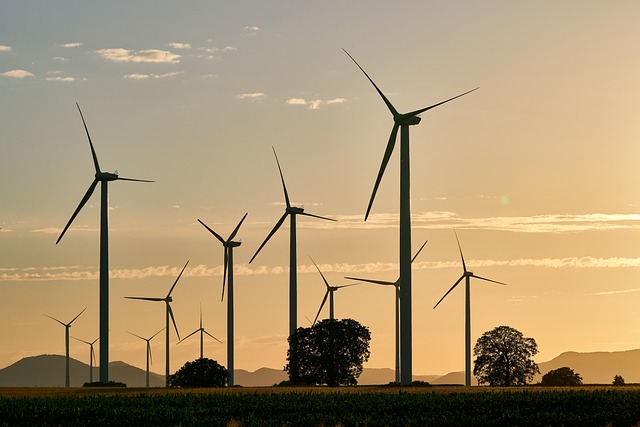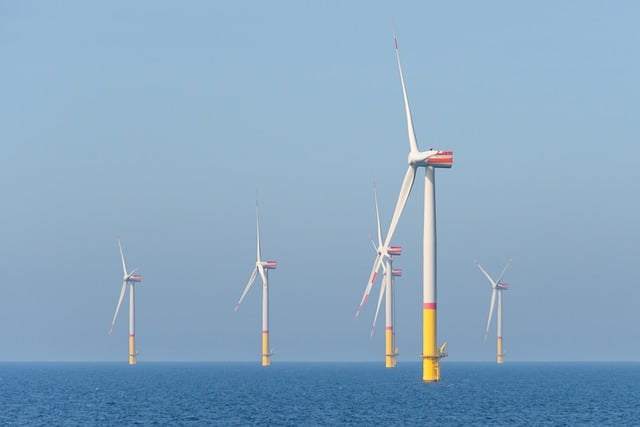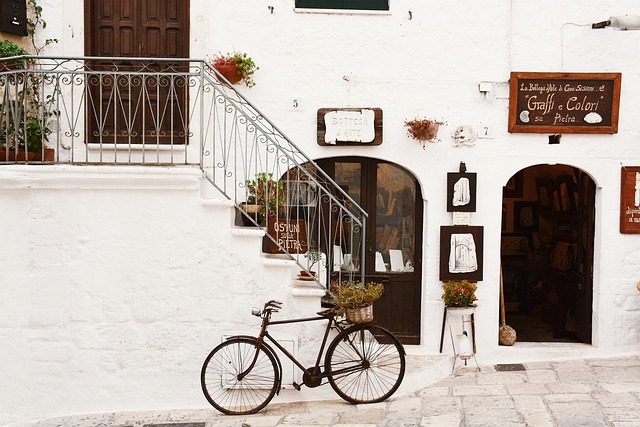The Rise of Renewable Energy in Pedestrian-Friendly Urban Spaces
As cities around the world continue to grow and evolve, the concept of a pedestrian-friendly city has become a beacon of hope for many urban planners and environmentally-conscious citizens alike. The emphasis on creating spaces that cater to walking and cycling not only enhances our quality of life but is increasingly intertwined with the rise of renewable energy initiatives. Together, they represent a transformative approach to urban living that prioritizes both sustainability and community connection.
Creating Walkable, Green Communities
Imagine wandering through a bustling downtown area where tree-lined streets beckon pedestrians to explore, and clean energy powers everything from streetlights to public transport. More cities are embracing the concept of becoming pedestrian-friendly cities, integrating green spaces, bike paths, and pedestrian plazas. In these urban environments, renewable energy sources like solar panels and wind turbines supply the power needed to maintain a seamless and pleasant atmosphere for walkers and cyclists.
The Environmental Benefits
Some of the most significant advantages of merging renewable energy with pedestrian-friendly designs include a reduction in carbon emissions and improved air quality. Cities that prioritize walkability and renewable energy create ecosystems where people are encouraged to leave their cars behind, leading to fewer vehicles on the road. This shift not only reduces greenhouse gas emissions but fosters a healthier population through increased physical activity.
Innovative Energy Solutions on the Move
To enhance these pedestrian-friendly experiences, cities are adopting innovative energy solutions. Solar-powered charging stations pop up in parks and along bike paths, allowing electric vehicles to recharge while encouraging the use of e-bikes and scooters. Meanwhile, smart city technologies connected to renewable energy systems monitor and manage energy use in real-time, optimizing resources for public spaces. By integrating renewable solutions into the daily fabric of city life, urban planners are paving the way for a future where sustainability and accessibility go hand in hand.
Community Engagement and Empowerment
The rise of renewable energy in pedestrian-friendly urban spaces is not just about infrastructure; it’s about community engagement. Citizens are becoming increasingly involved in local sustainability initiatives, advocating for greener policies and participating in their implementation. This grassroots movement empowers residents to take charge of their environment, fostering a greater sense of ownership and responsibility towards their city.
Imagining the Future
As we envision the cities of the future, the convergence of renewable energy and pedestrian-friendly spaces will serve as a model for urban development. These cities will not only accommodate the needs of their inhabitants but will do so sustainably, ensuring that future generations inherit a vibrant, healthy, and connected urban environment. A pedestrian-friendly city equipped with renewable energy sources highlights the harmony that can exist between nature and modern life, allowing us to thrive in our communities while preserving our planet.




